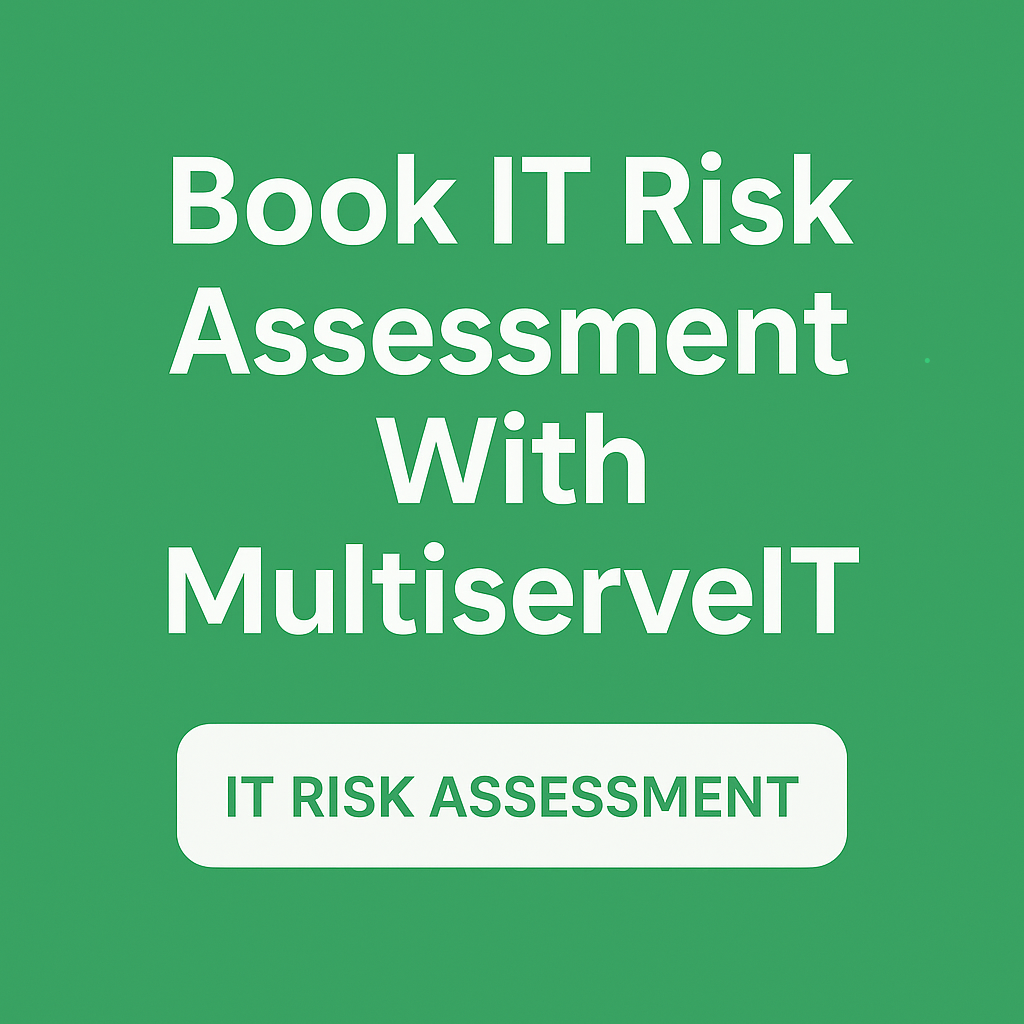In a world where every business move counts, making smart, data-informed decisions isn’t just a competitive edge—it’s a necessity. Enter Decision Intelligence (DI): the powerful blend of data science, AI, and human insight that’s transforming how business leaders navigate uncertainty, spot opportunities, and avoid costly mistakes.
What is Decision Intelligence?
Decision Intelligence is an emerging field that combines technology, behavioral science, and data analytics to support better decision-making. It goes beyond traditional business intelligence (BI) by not just analyzing the past, but by simulating outcomes, predicting future scenarios, and providing recommendations based on real-time data.
Think of it as the GPS for your business decisions—an intelligent system that factors in your current position, goals, roadblocks, and multiple routes before suggesting the smartest way forward.
Why It Matters Now More Than Ever
Today’s business environment is fast-paced and unpredictable. Market trends shift quickly, customer expectations evolve, and cyber threats loom large. Leaders can no longer rely solely on gut instinct or static reports. They need tools that offer clarity, agility, and foresight.
With DI, businesses can:
- Reduce risk by forecasting the impact of various decisions before making them.
- Improve efficiency by automating low-value choices and focusing human effort on strategic thinking.
- Enhance agility by reacting to real-time data instead of waiting for monthly or quarterly reports.
How Technology Powers Smarter Decisions
Modern technologies make DI accessible and actionable for businesses of all sizes. Here’s how:
1. Artificial Intelligence & Machine Learning
AI systems can detect patterns in vast data sets that humans might miss. For example, predictive models can estimate equipment failure in manufacturing, flag suspicious financial activity, or suggest which customers are at risk of leaving.
2. Data Integration Platforms
DI thrives on data. Tech platforms now integrate data from CRM, ERP, sensors, websites, and even emails to create a unified, real-time view of operations. Leaders get the full picture without jumping between dashboards.
3. Natural Language Processing (NLP)
With NLP, decision-makers can ask questions in plain language (“What are our top-selling products in Q2?”) and get data-backed answers instantly. No need to rely on IT for every query.
4. Scenario Simulation Tools
These tools let you test “what-if” scenarios—like what happens if you raise prices 5%, or shift production to a new supplier—before you commit. This helps leaders weigh trade-offs and outcomes with confidence.
Real-World Example: Smarter Manufacturing Decisions
In the manufacturing sector, DI helps leaders:
- Optimize inventory levels by predicting demand.
- Minimize downtime through predictive maintenance.
- Reduce waste by identifying inefficiencies in the production line.
- Make pricing decisions using real-time cost and market data.
Instead of reacting to issues, leaders can proactively manage them—saving money and increasing output.
Getting Started with Decision Intelligence
You don’t need a Fortune 500 budget to benefit from DI. Here’s how to start:
- Audit your data – Ensure it’s clean, consistent, and accessible.
- Identify key decisions – Focus on areas where better insights could drive the most value.
- Invest in the right tools – Work with an IT partner who can align technology with your business needs.
- Build a data-driven culture – Encourage your team to rely on data, not just instinct.
Final Thought
Technology can’t replace leadership—but it can supercharge it. Decision Intelligence empowers leaders to act with greater precision, speed, and confidence. In a world of complexity, that might be the smartest move of all.






